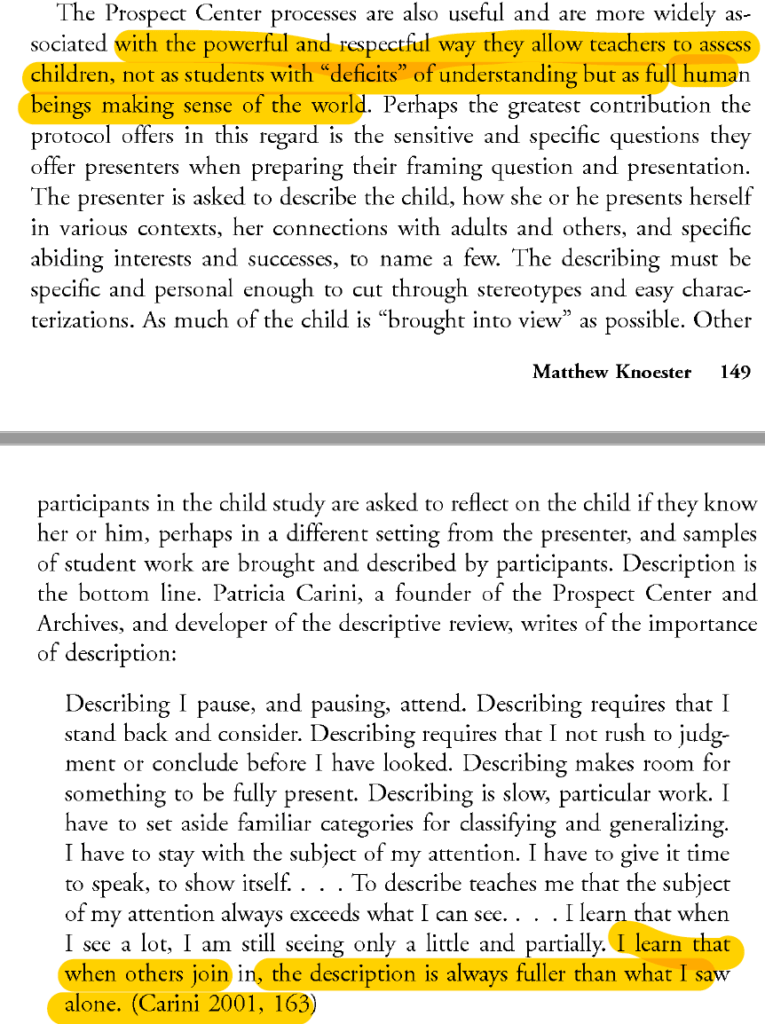“Culture clearly shapes adolescence. It influences its expression and possibly its length. It can magnify its manifestations. Yet culture does not create adolescence. The period’s uniqueness rises from genes and developmental processes that have been selected for over thousands of generations because they play an amplified role during this key transitional period: producing a creature optimally primed to leave a sage home and move into unfamiliar territory”
(Dobbs, 2011, pg. 5)
I believe that our identity as human beings, as we get out into the world and become more independent, is more influence from outside culture and our peers are doing. However, it is crucial to understand that teenagers are still are developing and growing into young adults. Dobbs proves, in his experiments, that teenagers are still developing brain activity that allows them to think through their emotions and practice self-control. As a future teacher of high school, I need to learn how to guide and adapt to my students changing behaviors and realize that their emotions at that moment in the class don’t necessarily reflect their overall identity. Also, it’s important to be perceptive on the changes that are happening physically, mentally, and socially as they start making their own decisions away from the close scrutiny of their parents ensuring an environment of trust while they are in school and in the classroom.

